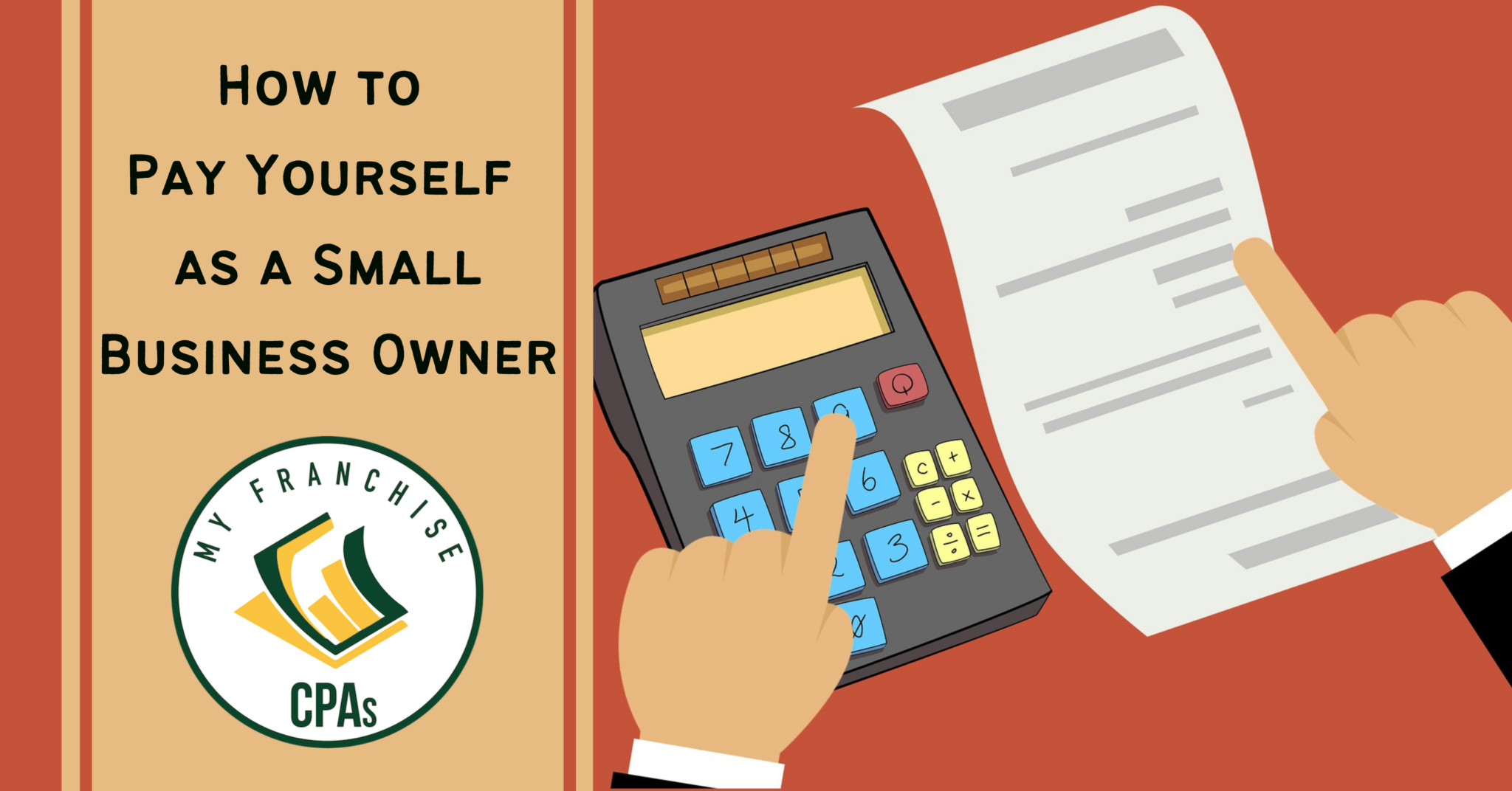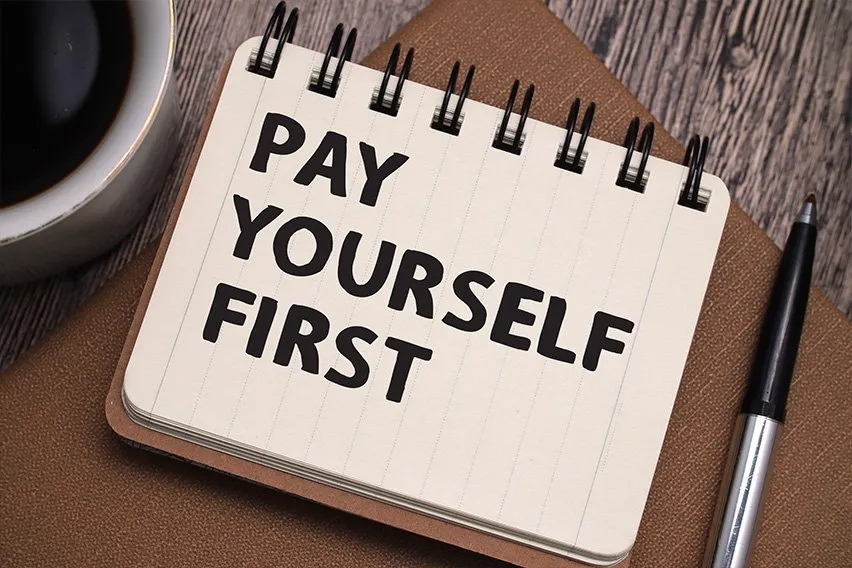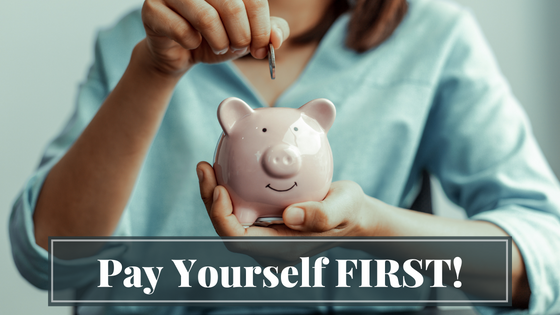How To Pay Yourself In A Small Business

The aroma of freshly brewed coffee mingles with the quiet hum of a laptop, perched on a desk scattered with invoices and to-do lists. Sunlight streams through the window, illuminating the face of Sarah, a small business owner, as she grapples with a question familiar to many entrepreneurs: “How do I actually pay myself this month?”
Navigating the financial complexities of a small business can feel like traversing a labyrinth, especially when it comes to personal compensation. Determining a fair and sustainable method for paying yourself is crucial for both your personal financial well-being and the long-term health of your business.
Understanding the Landscape
The way you pay yourself depends heavily on your business structure. Are you a sole proprietor, a partnership, an LLC, or an S-Corp? Each structure has different implications for taxation and how you can draw funds from the business.
Sole Proprietorships and Partnerships
If you operate as a sole proprietorship or a partnership, you aren't technically paid a salary. Instead, you take what's called an "owner's draw".
This means you can withdraw funds from your business account for personal use. However, it's essential to remember that these draws are not considered business expenses.
You'll be responsible for paying self-employment taxes (Social Security and Medicare) on your profits, in addition to income tax.
Limited Liability Companies (LLCs)
LLCs offer flexibility. You can choose to be taxed as a sole proprietorship, partnership, or corporation.
If taxed as a sole proprietorship or partnership, the owner's draw method applies. If you elect to be taxed as a corporation (S-Corp), you become an employee of your company.
This means you must pay yourself a "reasonable salary" and withhold taxes, including payroll taxes.
S-Corporations
The S-Corp structure requires you to be an employee of your business. You must pay yourself a reasonable salary, which is subject to payroll taxes.
A key benefit of the S-Corp is the potential to reduce your self-employment tax burden. You only pay self-employment taxes on your salary, not on any additional profits distributed to you as dividends.
According to the IRS, a "reasonable salary" is what a similar employee would earn for similar work.
Determining a Reasonable Salary and Draw
Whether you're taking an owner's draw or setting a salary, careful planning is essential. Consider factors like your industry, the size of your business, and your personal financial needs.
Research industry benchmarks to get an idea of what other business owners in your field are paying themselves. Organizations like the Small Business Administration (SBA) can offer valuable resources and guidance.
Before paying yourself, ensure you have enough funds to cover your business expenses, taxes, and future investments.
Practical Tips for Paying Yourself
Establish a budget to track your income and expenses. This will provide a clear picture of your business's financial health and help you determine how much you can comfortably withdraw or pay yourself.
Open a separate business bank account to keep your personal and business finances separate. This simplifies bookkeeping and helps you avoid commingling funds.
Set up a regular payment schedule. Whether it's weekly, bi-weekly, or monthly, consistency is key to managing your finances and maintaining a healthy cash flow.
Navigating the Legal and Tax Implications
Consult with a qualified accountant or tax advisor to ensure you're complying with all applicable laws and regulations. They can help you choose the most advantageous business structure and develop a tax strategy that minimizes your liabilities.
Keep meticulous records of all your income, expenses, and payments, including owner's draws or salary payments. This will be essential for filing your taxes accurately and avoiding potential audits.
Stay informed about changes in tax laws that may affect your business. The IRS website is a valuable resource for staying up-to-date on the latest regulations.
The Bigger Picture
Effectively managing your finances as a small business owner extends beyond merely paying yourself. It encompasses strategic planning, consistent monitoring, and a willingness to adapt to the ever-changing business landscape.
Investing in your business's growth is essential for long-term success. Reinvesting a portion of your profits can help you expand your operations, hire new employees, and develop new products or services.
Remember, your business is an extension of yourself, and your financial well-being is inextricably linked to its success.
Back in her sun-drenched office, Sarah takes a final sip of her coffee, a sense of clarity washing over her. The path to financial stability as a small business owner isn't always straightforward, but with knowledge, planning, and a little perseverance, it's a journey well worth undertaking.


















